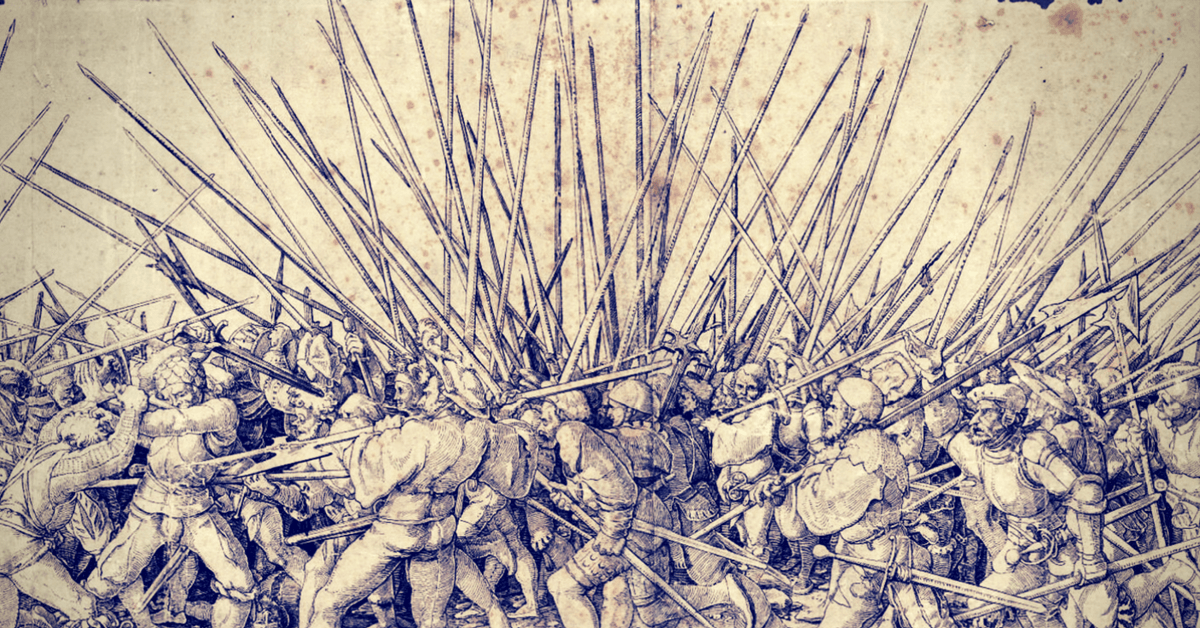There have always been soldiers motivated more by pay than by their cause. In the Hundred Years War, many of these men fought in freelance mercenary units such as the White Company, serving not their country but the side most willing to pay them. Their presence helped to turn soldiering into a paid profession in both Britain and France.
Origins of the Mercenary Companies
The mercenary companies that played a part in the Hundred Years War had their origins in 13th century Italy. Many Italian city states lacked the armed forces to defend themselves but had plenty of money to pay others to do it, thanks to their position as key cities on European trade routes.

Initially, the troops they hired were primarily Italians. But the opportunity to be paid for making war drew in men from England, France, Germany, the Netherlands, and Spain. By 1300, they were an essential part of Italian war and politics.
In and Out of France
Mercenaries could only remain employed as long as they were in a war zone or at least a region threatened by imminent violence. Italy provided frequent but not constant opportunities for employment, and the outbreak of war between France and England in 1337 offered another great opportunity. Mercenaries flowed across the Alps and into French service. The crossbowmen put to shame by English longbows and then trampled by their own cavalry at Crécy were Genoese mercenaries.
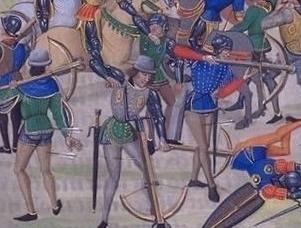
The companies drifted in and out France with the tides of war. They served the French and English when circumstances allowed, as well as fighting in subsidiary conflicts such as the war for the Breton succession. When the British and French became involved in a war in Spain, the mercenaries went with them. When things were quiet, as after the Treaty of Brétigny in 1360, they went back to Italy or sought opportunities elsewhere, fighting in a crusade in the 1390s and going to Switzerland and the Holy Roman Empire in the 1440s.
But as long as there was fighting in France, the mercenaries played their part.
Who Were the Mercenaries?
It would be easy to imagine these mercenaries as lowly criminals and cutthroats. But many of them, especially the leaders, came from the lower nobility. They were driven by the same factor that drove similar men to become crusaders – a lack of other opportunities.
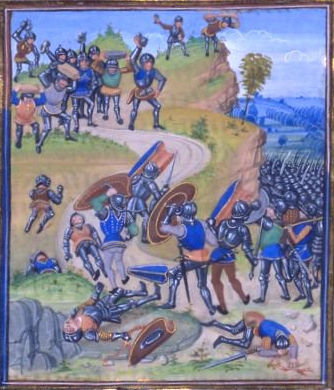
By the 14th century, primogeniture was the norm across Western Europe. All the estates of a nobleman were inherited by his eldest son. Younger sons had to find other ways to make their fortune. For those of lower noble station, trained from childhood as leaders and fighting men, war might be the only viable option.
It is harder to identify the other men who went into the companies. We know that they included some low-ranking clergy, such as Arnaud de Cervole, an infamous mercenary nicknamed “the Archpriest”.
By the mid-14th century, when the Hundred Years War was in full swing, Englishmen had come to dominate the mercenary companies. The White Company under John Hawkwood became one of the most famous. So prominent were the English that “Les Anglais” and “Inglese” were used as terms for these groups. This fed into a widespread perception on the continent that the English were a violent nation.
Turncoats and Specialists
There were some huge disadvantages to hiring mercenary companies. They had little respect for the rule of law or the authority of those running the armies they served in.
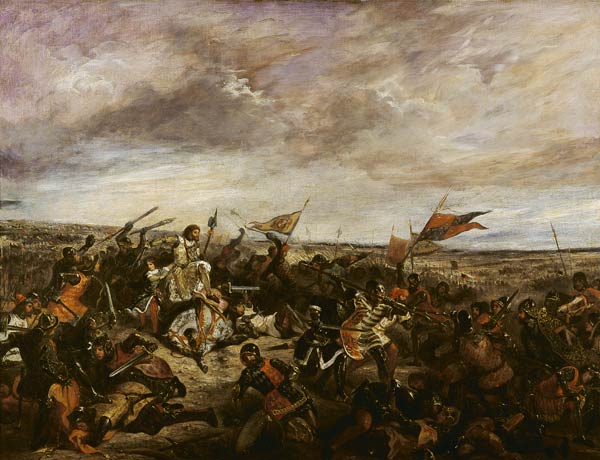
More even than the English army, these free companies relied on raiding and robbery to intimidate the enemy and fill their pockets. They became notorious among the people of France for their willingness to rob civilians of any side. It was a form of warfare that blurred the line with banditry, and that made them hugely unpopular. Their reticence to obey orders made the problem even worse. Sometimes the only way to bring them under control was to find them work in another country, turning them into someone else’s problem.
Nor was loyalty to their employers a common feature, as least in the long term. In Italy, John Hawkwood led the White Company in a war against Florence before taking his men over to fight for that city. Hugh Calvely, serving in the Spanish and French theaters of the Hundred Years War, fought under the famous French knight Bertrand du Guesclin, then switched sides to fight for the English under the Black Prince, John of Gaunt, and Richard II.
But there were also huge advantages to hiring these troops. They were more experienced soldiers than most of those a country could muster through feudal service. They allowed large bodies of troops to be assembled on short notice, complete with their own equipment. And they provided specialist skills, such as the Genoese crossbowmen who served the French at Crécy or the artillerists who served Henry V of England.
Mercenaries in the French Fight Back
Mercenary companies played their most significant part during the French recovery of the 15th century. Many Scottish and Genoese mercenaries fought in the armies of Charles VII, fighting the English at Cravant and Verneuil. Men such as Antione de Chabannes and Porton de Xaintrailles, the latter of whom had spent years pillaging the French countryside, gained significant military positions under the French crown.
Unlike the infamy of earlier mercenaries, some of these men became popular heroes. Etienne de Vignolles, known as La Hire, had a cannon named after him and was still remembered 300 years later when he became the knave of hearts on French playing cards.
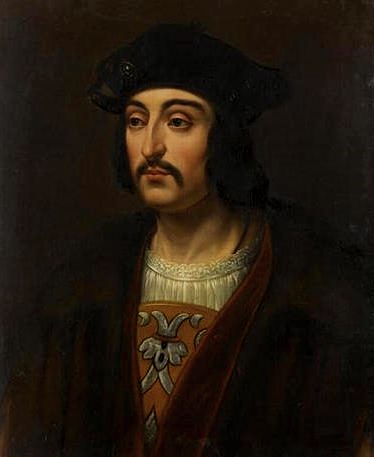
As well as helping the French drive back the English, these men helped to make soldiering a profession. The example they and other mercenaries set of skilled warriors fighting for pay went on to become the model for national armies in the following century. Feudal obligations were giving way to professionalism, and the mercenary companies of the Hundred Years War played their part in this change.
